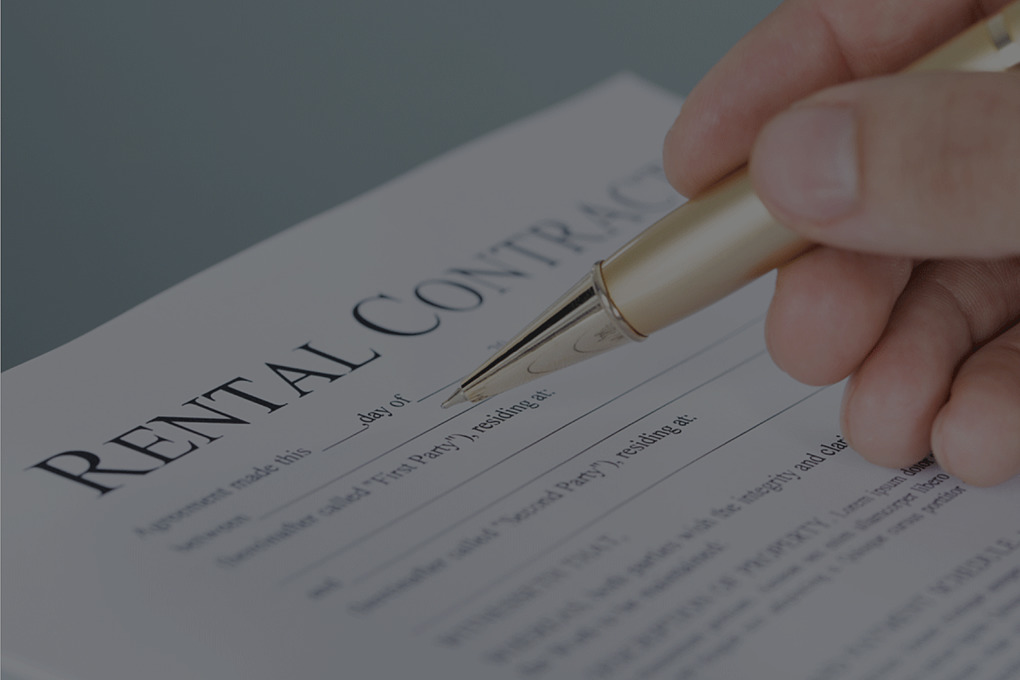A guide to deposit protection schemes!

- Aug 11th 2021
Whether you are a tenant or a landlord, you need to understand how these compulsory schemes work.
Here are 7 points to understand or consider.
- A deposit is paid by the tenant at the outset of a tenancy agreement and it’s usually one month’s rent, however, this can be more on certain occasions. Deposits are in place to cover things such as damage to the property, cleaning and at times unpaid utility bills.
- Landlords are now legally required to safeguard their tenants’ deposits government-backed deposit protection schemes. These schemes act as an intermediately between the client and the landlord in terms of guarding the money and keeping it safe. At Seths, we carry this out on behalf of our landlords, giving them peace of mind that all legal requirements are taken met.
- There are two types of deposit protection schemes, which are custodial and insurance. Under the custodial one, landlords lodge the deposit for the duration of the tenancy agreement. However, under the insurance one, the landlord pays a fee to have the deposit protected and then repays back to the tenant at the end of the tenancy agreement. If the landlord fails to pay the tenant, the insurance provider will pay the deposit back to the tenant and then recover the money from the landlord.
- Agreeing on an inventory is a crucial part of a deposit scheme. In order to assess any damaged or missing items, we recommend that this takes place. This way both the landlord and tenant have a record of the state of the property prior to the start of the tenancy agreement.
- The onus of putting a tenant’s deposit in a protection scheme falls squarely on landlords, or their agents. It must be done within 30 days of the signature of a rental agreement, and landlords are required to inform tenants which protection scheme they are using. They are also required to supply further information, such as the circumstances in which they would propose not to return some or all of the deposit.
- At the end of a tenancy, tenants can expect to get their full deposits back, provided they have paid all outstanding bills and stuck to the terms of the tenancy agreement, and provided there has been no damage to the property or its contents.
- Should the landlord and tenant remain unable to agree on how much of the deposit the landlord should retain at the end of the tenancy, such issues can be ironed out via the protection scheme’s resolution service.
At Seths, we manage a large property portfolio on behalf of our landlords, taking care of every legal requirement to ensure both our landlords and tenants are protected.
Speak with our dedicated team to find out more about our property management service!








